If you find it frustrating when strangers park in your assigned spot or want to manage your private parking area more effectively, installing a parking lock might be the perfect answer. This guide will help you learn how to install parking locks. We will cover all the steps for both manual and automatic versions. No matter if you are creating a parking space for your home, business, or an industrial site, this guide will assist you in securing and managing it properly.
What is a Parking Lock?
A parking lock, which is also known as a parking barrier or parking guard, is a device meant to stop unauthorized vehicles from occupying a specific parking space. These devices are commonly used in residential areas, commercial districts, and private parking lots. Their purpose is to indicate ownership or to enforce parking regulations.
Primarily, there are two types of devices available.
- Manual parking locks: Manual parking locks require you to use a key to lock or unlock them by hand.
- Automatic parking locks: On the other hand, automatic parking locks can be controlled with a remote or through an app. These systems operate on dry batteries or solar energy.
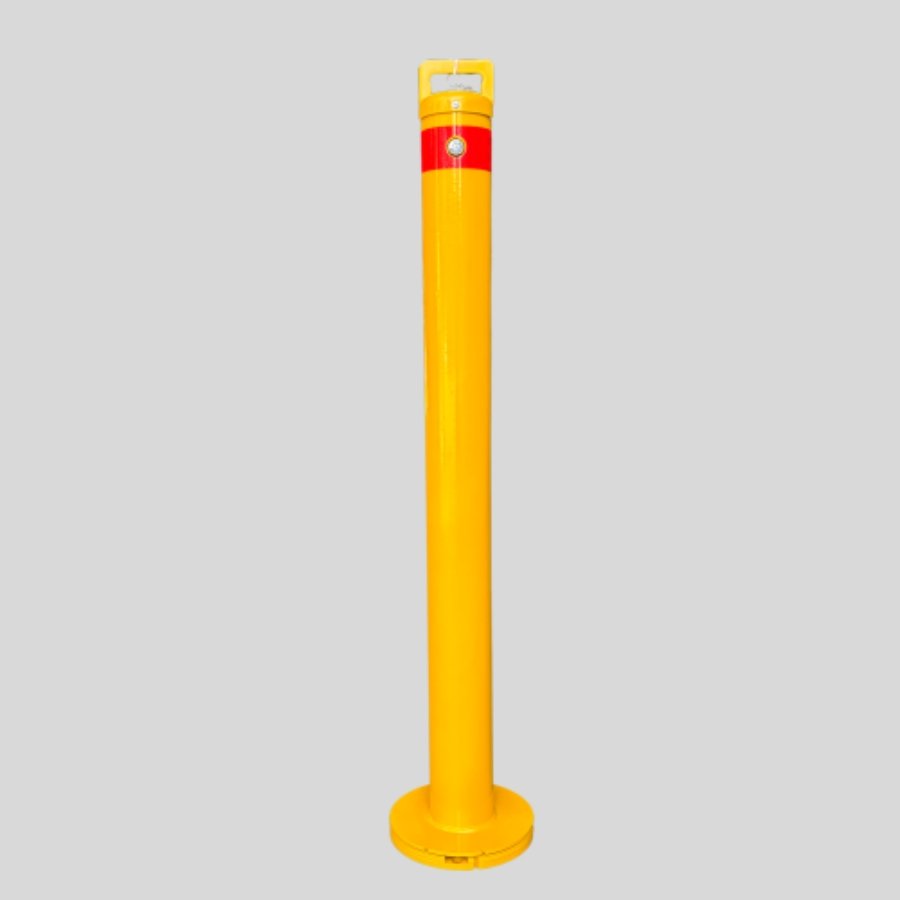
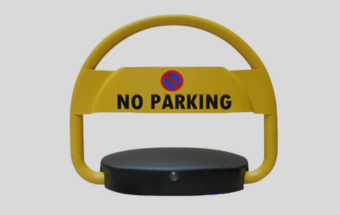
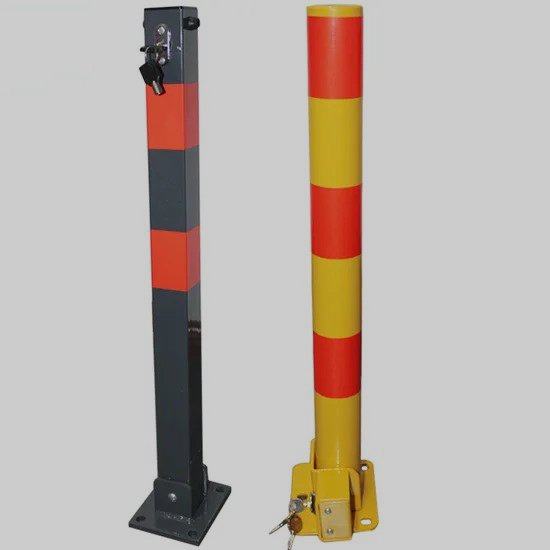
Tools and Materials You’ll Need For Parking Lock
- Parking blockade equipment (with fixing plate)
- Power drill
- Concrete drill attachment (usually 12–16mm)
- Anchor bolts or screws (provided in the set)
- Wrench or socket instruments
- Marker or chalk
- Vacuum or air blower (to clean drill openings)
- Safety gear: Gloves, goggles
- Lubricant (for mechanical parts)
For Automatic Parking Lock:
- Mobile app access or remote control
- Rechargeable battery or power system (depends on the model).
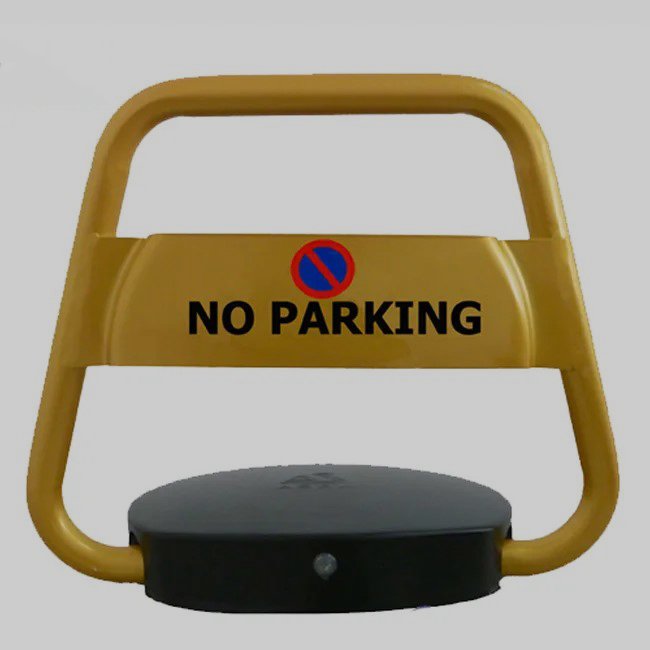
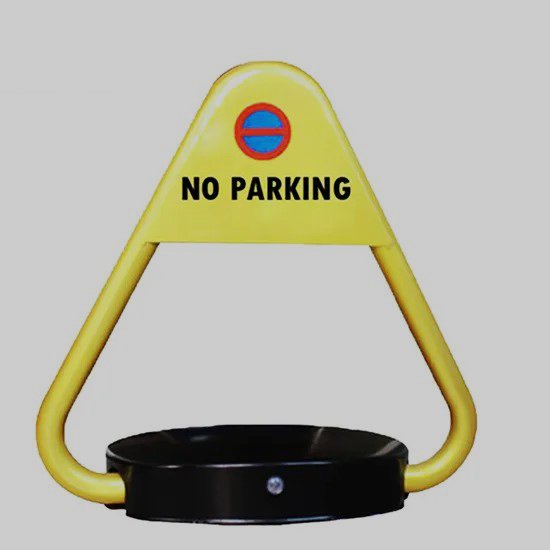
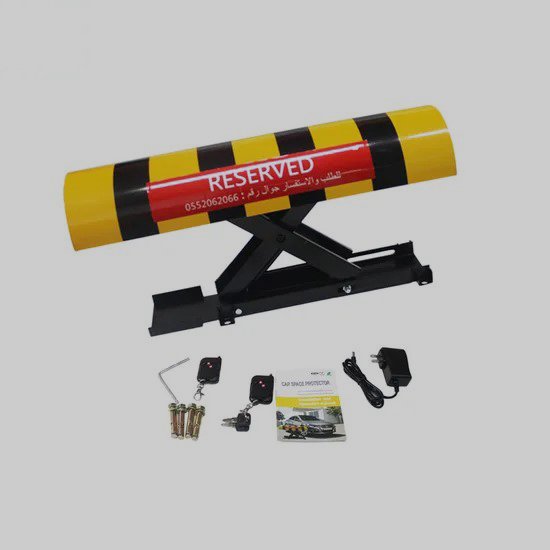
Pre-Installation Preparation
- Guide to the Manual: Discover what you need for your lock and how to install it.
- Choose the location: Make sure bags and controls are free from blockage.
- Wheel: Pick a steering wheel (the front wheels in cars with front-wheel drive).
- Photoelectric: Check parts that respond to heat or humidity.
- Clear the area: Take away any clutter from the wheels, guiding wheels, or places with plants.
- Confirm Compatibility: Make sure the lock fits your vehicle’s brand, model, and wheel size.
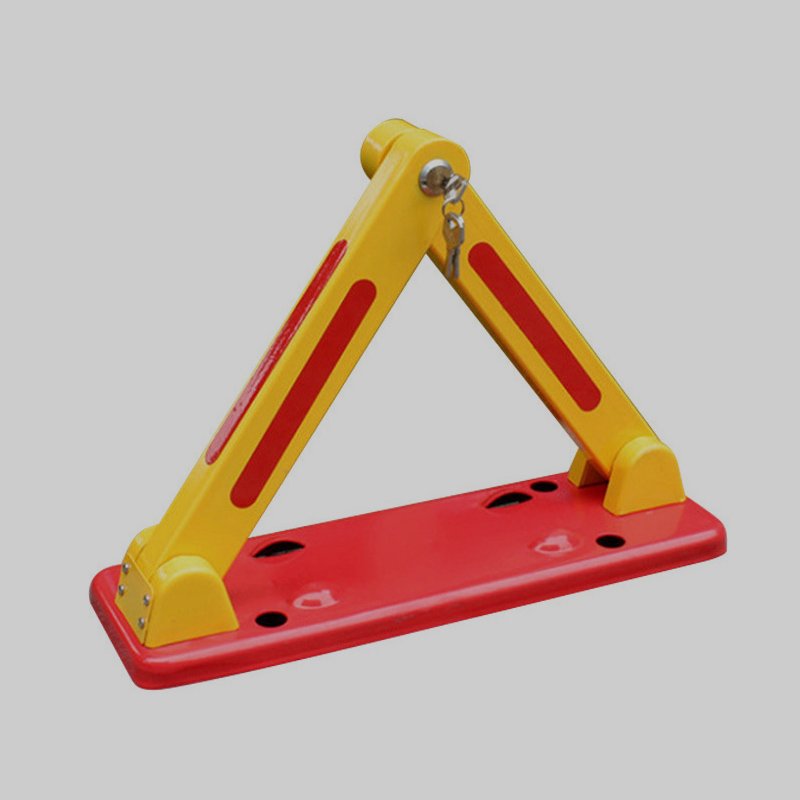
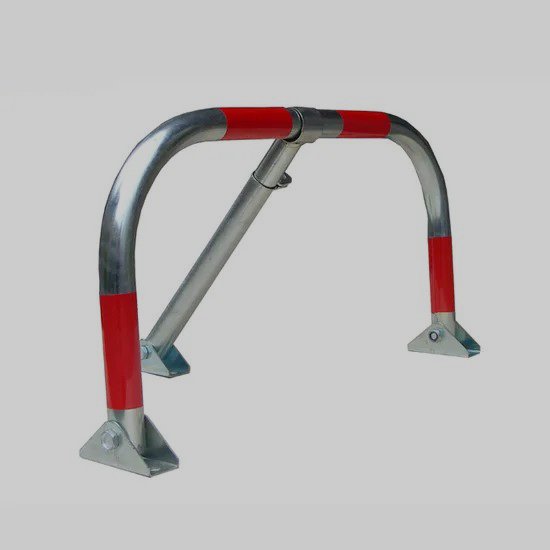
Step-by-Step Guide to Install a Parking Lock
Step 1: Choose the Right Location
Installing a parking lock might seem like a task reserved for experts, but with the appropriate tools and this guide, you can definitely do it yourself. First, it’s important to pick the right spot. Place the lock in the center of your vehicle storage area. This will improve visibility and stop any unauthorized taxis from getting in. Make sure the ground is level and free of small bumps, drainage openings, or manholes. If you choose a solar-powered version, check that the area gets enough sunlight every day to work well.
Step 2: Position the Baseplate and Drill Points
After you find the right location, put the base of the parking sign on the ground and secure it where you want. Use a permanent marker to mark where the drilling points need to be made. This step is important for precision—getting it wrong can cause issues during installation or when using the lock.
Next, take your hammer drill with a strong bit (usually 12mm or 16mm) and start making the dents in the surface. Make sure to drill deep enough for the growth bolts, which should reach about 50 to 80 mm deep. Drill straight down to avoid damaging the bolts that hold everything together. Carefully follow each step and fix any errors completely.
Step 3: Clean the Drilled Holes
Soil and dust can prevent the bolts from fitting well, so use a blower, vacuum, or compressed air to clear away as much as you can. Now, it’s time to check that the parking lock is secure. Place the base back over the dents, put in the growth bolts, and tighten them using a wrench. Ensure everything feels solid, but be cautious not to overtighten, as this could break something or harm the bolts. If you need extra strength, especially in busy areas, consider adding a fiber-locking adhesive to the bolts.
Step 4: Mount the Parking Lock
If you are considering automatic parking lock installation, now is the moment to start the process. For models that need power, install and connect the rechargeable battery. If your role is to inspire others, make sure the group is open and willing to hear new ideas.
For connected models, it’s best to hire a qualified technician to properly connect the power supply. After that, connect the power, turn on the device, and check that the control system (remote, app, or keypad) is somewhat familiar and recognized. Pair the handheld remote or mobile app according to the manufacturer’s instructions.
Step 5: Install the Power System & Test the Lock Functionality
Before you complete it, keep in mind that it’s a component of the whole examination. If you have a manual parking lock, only use the handle or key to raise and lower it when needed.
For locks that are mechanical, utilize the remote control or your phone to move the arm up and down. Check the signal from different distances and angles to verify that everything works correctly. Please replace the front part of the lock and carefully press it to look for any issues or changes.
Step 8: Final Check & Maintenance Tips
Don’t forget regular maintenance. Every few months, apply lubricant to the hinges of manual locks to prevent rust and stiffness. If your parking lock runs on batteries, remember to change them frequently to keep it operational. For solar types, ensure that the dust and debris from the panel is removed and that there is adequate lighting. Regularly look for signs of wear or damage and fix any exposed rusted metal with protective paint. By adhering to these instructions, you will keep your parking lock secure, functional, and visually appealing for a long time.
Conclusion
Using a parking lock or parking barrier is a simple and effective way to protect your parking space. You can choose between a manual lock to save money or an automatic smart lock for convenience, though correct installation is key for long-lasting performance. Time to follow the instructions in this guide that allow you to secure your parking spot right away. When buying a high-quality mechanical parking lock, make sure to select a reliable parking lock supplier or parking lock manufacturer who provides waterproof, anti-collision, and long-lasting products. Contact us now to get the best quote!
FAQs
Who can purchase parking locks from JACKWIN?
Our products are perfect for property managers, parking facility operators, shopping center owners, contractors bidding for management roles, retailers, and wholesalers seeking dependable and reliable parking solutions.
What is the difference between manual and automatic parking locks?
Manual locks are economical, non-electric, and simple to use. In comparison, mechanical locks can be operated remotely, are more accessible, and may include features like alarms and remote management. However, they usually come at a higher cost and require maintenance.
Can I get a customized parking lock?
Definitely, we can create unique designs, signs, banners, promotional materials, customized parking locks, and packaging that align with your specific preferences to promote your brand effectively.
Are your parking locks waterproof and durable?
Certainly, JACKWIN locks are designed to be water-resistant, durable, UV ray protected, and made from strong steel, ensuring they last for up to five years according to safety standards.
Do you offer wholesale pricing?
Yes, we offer competitive pricing directly from our factory, especially for large and bulk purchases. Reach out to us for a personalized quote.
What supporting parking lot products do you offer?
In addition to parking locks, we provide wheel locks, speed bumps, wheel chocks, corner protectors, convex mirrors, and more. We aim to offer excellent parking solutions.


-80x69.png)

